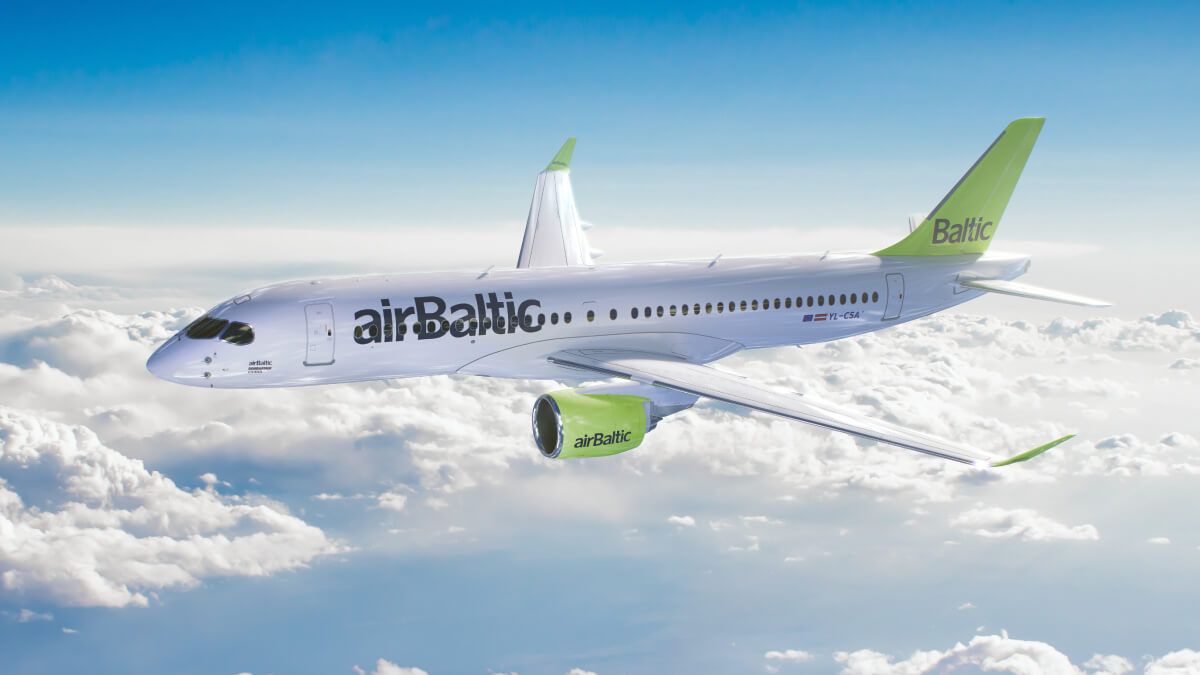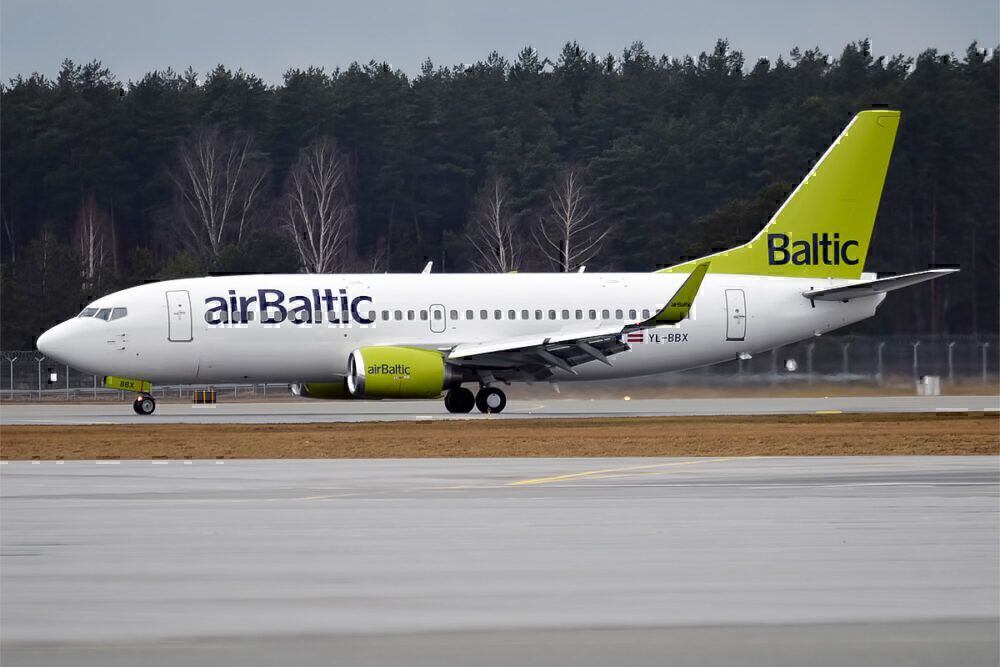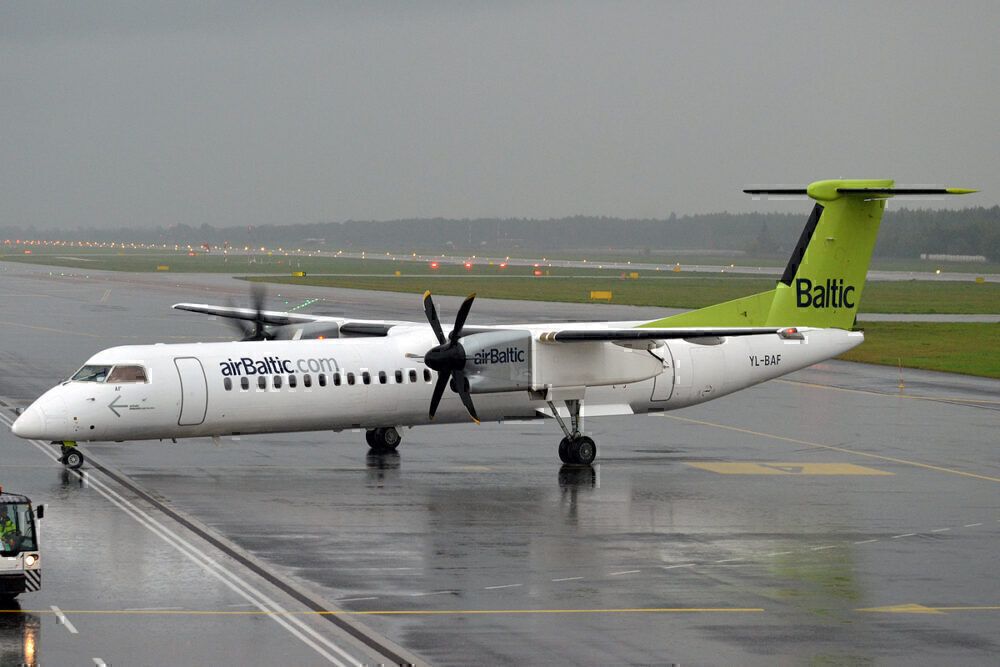airBaltic will resume services as an all A220 airline following the impact of the coronavirus. The airline has started flying between the three Baltic capital of Riga, Tallinn, Vilnius, and will operate a number of flights to other European destinations in the coming weeks. The decision to go all A220 means the airline will shelve over 40% of its fleet. Let's find out more.
Substantial fleet reduction
Prior to this announcement, airBaltic had a fleet of 37 aircraft, consisting of the following:
- 4 Boeing 737-300,
- 12 Dash 8-400
- 22 Airbus A220-300
Both the 737s and Dash-8s in the airlines' fleet were aging. The three 737s averaged an age of 20.7 years, while the 12 Dash 8s averaged an age of 9.8 years, according to Planespotters.net.
Now, the carrier will retire these 15 aircraft to focus on the high-efficiency Airbus A220, of which it currently operates 22.
These retirements haven't come as a huge surprise, however. airBaltic suspended operations back in March due to government restrictions and soon after it was reported that the airline was looking to ditch its 737 fleet.
While the Dash-8 retirements are a bit surprising, it does make sense considering the airline only plans to fly a handful of routes in the coming months. The cost of operating an A220 on shorter routes far outweighs the requirements to maintain another fleet of aircraft.
Flights slowly return
Carriers have been forced to massively scale back operations during the coronavirus, if not suspend operations altogether, as airBaltic did. However, with the number of daily cases slowing down around most of Europe, airlines are looking to slowly restart flights.
In the case of airBaltic, which has three bases of operations, it will operate a limited schedule using only five aircraft, to begin with. The airline will fly to Amsterdam, Frankfurt, Oslo, and Copenhagen by next week, from one of its three bases, in addition to flights between the three Baltic capitals.
However, travel restrictions mean only select passengers, those with citizenship or long-term visas, will be able to travel. These restrictions are likely to stay for the coming months, meaning demand will remain low for the summer months.
Overall
airBaltic's plan to move to just an A220 fleet will provide fleet uniformity save millions in costs in the future. The airline also received a $250mn investment from the Latvian government, which will go a long way in keeping the airline afloat.
While the A220 does not seem like a plane that can replace the 737-300, it actually does offer a lot. airBaltic's A220-300 has a range of 3,300nm and carries 145 passengers, easily beating the older 737-300. The airline has put in a lot of focus to optimize its A220s and is looking to take more deliveries of the plane than planned.
What do you think about airBaltic's A220 pivot? Let us know in the comments below!



